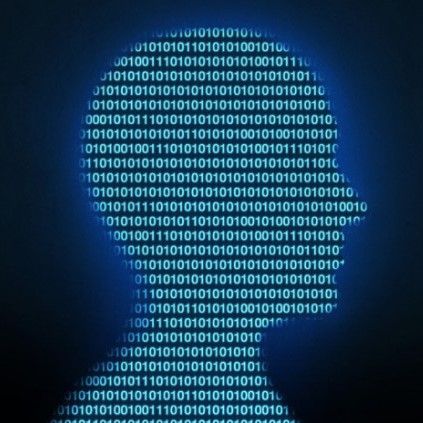I have lived as part of the second millennium after Christ, the most complicated, technologically progressive, and violent thousand years in history. I have also lived during a century that saw more ideas propagated, machines made, and changes in the lives of ordinary people than all the rest of human history put together. My life—at the time of this writing, 80 years—included the industrial, space, and information age. R. Buckminster Fuller created the Knowledge Doubling Curve; he estimated that if we took all the knowledge that humanity had accumulated and transmitted by the year One CE as being equal to one arbitrary unit of information, it probably took about 1,500 years—or until the 16th century—for that amount of knowledge to double. the next doubling of knowledge from two to four “knowledge units” took only 250 years, until about 1750 CE. By 1900—150 years more—knowledge had doubled again to 8 “units”. The speed at which information was doubling was accelerating until now; that doubling speed is between one and two years.
Until 1900, human knowledge doubled approximately every century. By the end of World War II, knowledge was doubling every 25 years. Today things are not as simple to compare since different types of knowledge have different growth rates, and people of necessity have to specialize. For example, nanotechnology knowledge doubles every two years and clinical knowledge every 18 months. But on average, human knowledge doubles every 13 months—presenting a staggering challenge to people trying to keep up.
In a recent lecture at Harvard University, neuroscientist Jeff Lichtman, attempting to map out the human brain, calculated that several billion petabytes of data storage would be needed to index the entire human brain. The internet is currently estimated to be 5 million terabytes (TB), of which Google has indexed roughly 200 TB or just .004 of its total size. The numbers involved are astounding, especially when considering the size of the human brain and the number of neurons in it. A transition from the linear growth of human knowledge to the exponential growth of human knowledge has already taken place. According to researchers, dealing with this information will necessitate the development of vastly more complex software, shareability, and artificial intelligence,. My mother was born in 1907; and in her lifetime and in her rural Utah homes saw the first rolled toilet paper, automobile, airplane, radio, plastic, television, talking movies, color movies, antibiotics, vaccines against polio, diphtheria, whooping cough, meningitis, smallpox, tetanus, and influenza. She learned of epidural anesthesia, garbage disposals, dishwashers, automatic washing machines, radar, cassette tapes, analog video tapes, digital tapes and cameras, atomic and nuclear weapons, the ballpoint pen, computers, the internet, lasers, computerized x-ray, magnetic resonance, ultrasound scans, cellular phones, global positioning satellites, manned flight into space, and microwave ovens during her ninety year lifetime. The difference between life on earth in 1000 CE and 2000 CE was as profound as the changes from the beginning of all recorded history to the end of the first millennium.


